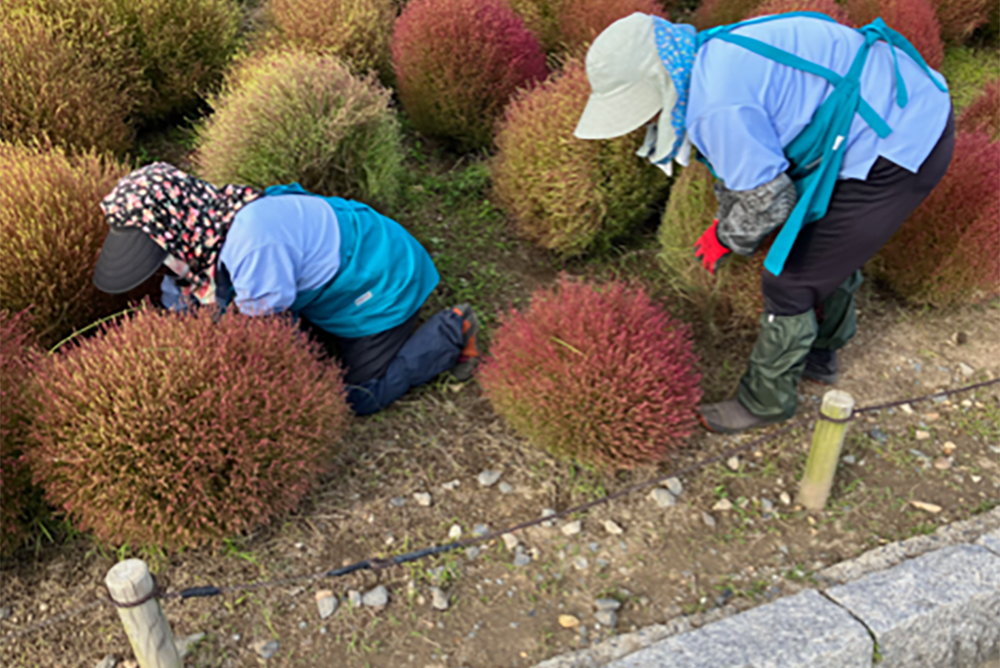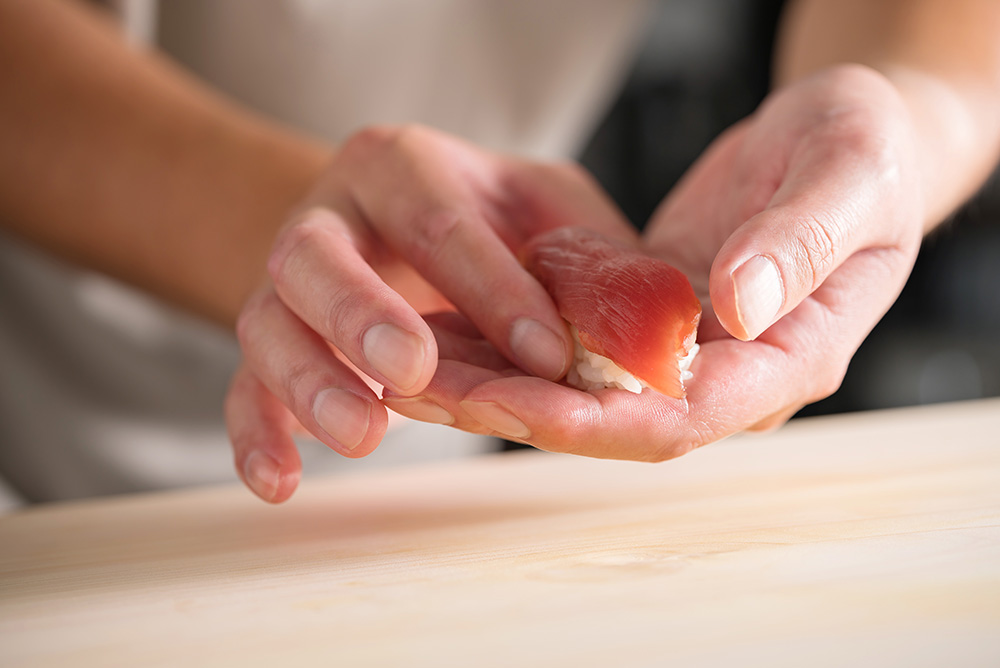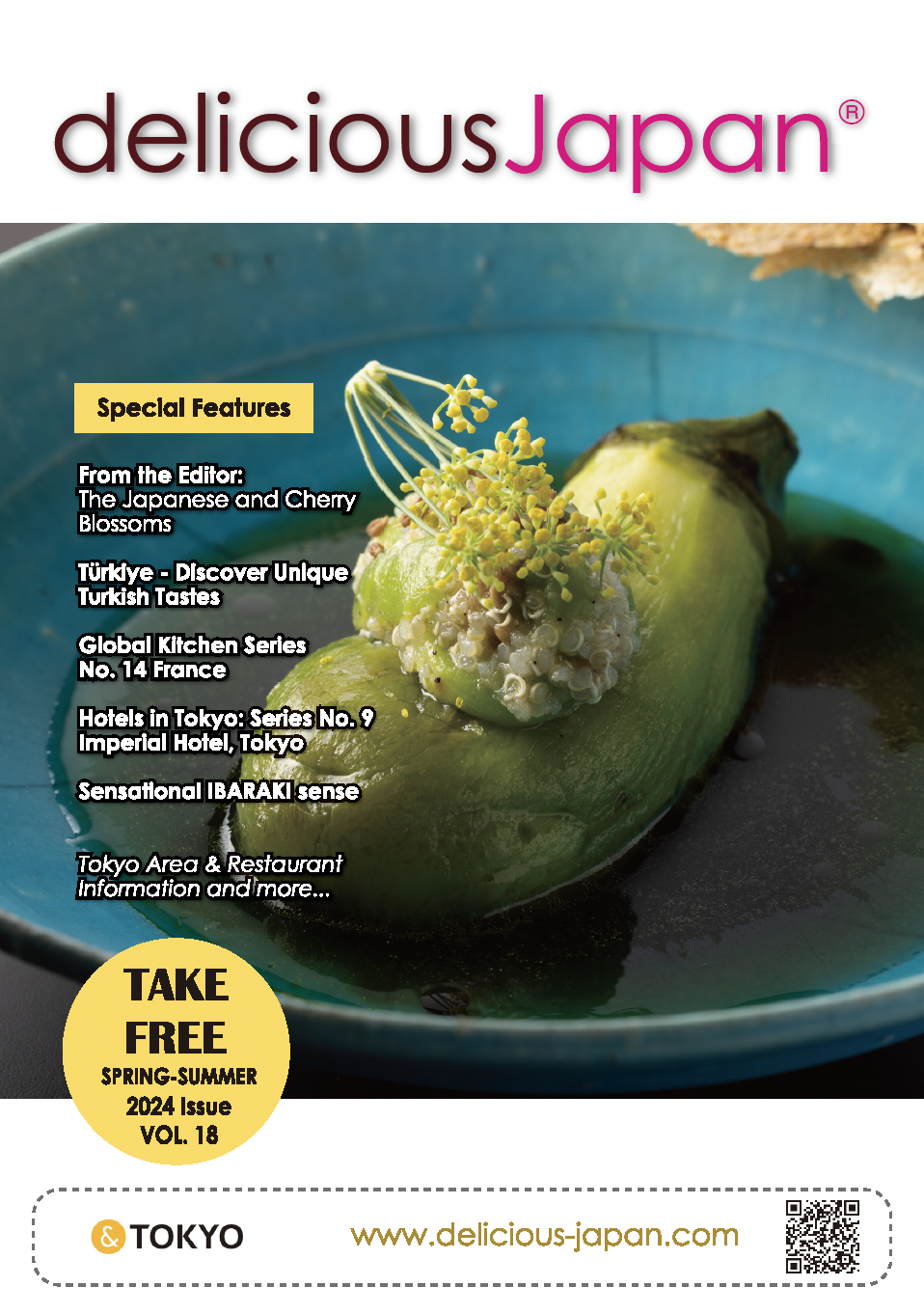
Celebrating the world of sake culture with John Gauntner, the sake guy
John Gauntner, known as the "Sake guy” in Japan, is the leading non-Japanese sake expert in the world. He is well known within the sake industry as a window to the outside world for making sake popular and understood everywhere. He has written books and hundreds of articles on sake, is active on the sake lecture circuit, and teaches a series of educational sake seminars. He is also the only non-Japanese to function as an advisor and consultant for the Japanese government on sake promotion and the worldwide sake market.

John Gauntner
When was your first encounter with sake?
It was probably in 1987 at a Japanese restaurant. I was curious but didn’t think much of it at the time. When I came to Japan in 1988, I liked to drink but I wasn’t interested in sake. For the fi rst 4 months or so, I would just drink atsukan at an izakaya but wasn’t very impressed. On New Year's Day in 1989, I went to a house of my coworker who introduced me to fi ve good sake. It was my fi rst time to do nomikurabe and to try premium sake. Not hot, but chilled. I was totally blown away by the depth and differences. That was my first positive encounter. I wanted to learn more about it so I visited sake bars and learned Japanese to read about sake. But that was about it and I never thought it would become my work. I was just having a good time.
Tell us about your magazine, Sake Today.
I’ve written monthly email newsletters for about 15 years. I had always wanted to publish a magazine because media could make a positive effect on market. So my next step was to make a magazine. A person named Ry Beville was publishing 3 magazines at the time, including a bilingual magazine called Japan Beer Times. I read an article about him and wanted to find him. Because he got into beer, he got into sake. He was looking for me and I was looking for him. A common friend introduced us. Just about a year and half ago, we got together, had several meetings, and decided to publish our magazine. We have just published our 6th issue and now writing our 7th.
Tell us about your other publications.
I have English and Japanese books. Some I have co-authored and others are e-books. I recommend Sake Confidential because there are a lot to learn about basics of sake these days. You can see it on the Internet like my website, but Sake Confidential covers a little bit beyond there. You can learn basics quickly, and it goes in depth about lots of topics.
What kind of sake programs do you offer?
I give a lot of educational programs. Simple seminars are 30 minutes to 2 hours, but I also have 3-day and 5-day seminars. These are mostly for people in the industry, but anyone can take them of course. These 3-day and 5-day courses are what I call the Sake Professional Course, and I’ve had about 1,200 people graduate from the 1st level over the past 12-13 years. For the 5-day seminars, we have classes and tasting for 3 days and brewery visits for 2 days. I also hold many seminars in Japan where we drink and eat after I talk about sake for 45 minutes.
How do you view sake in the Japanese food culture?
If you look at how Japanese food and sake go together, there’s really not as established a practice of pairing as there is in the wine world, at least not historically speaking. If you go into a good Japanese restaurant even today, they might only have 1 or 2 types of sake. The reason is that sake will support Japanese food in general. It’ll all make it taste better. I remember going into a sushi shop years ago, and I asked why they only had one type of sake. They said, “I want you to pay attention to the different types of fish that we offer and not the sake.” The presentation of Japanese food is extremely important. If the sake is good, it will support the food. It’s very hard to have a mismatch.
What do you recommend to someone trying sake for the first time?
When I give a short seminar, I give people 3 rules: One, make a decision on price because most are fairly priced. Two, drink ginjo because you’ll be drinking the top 10%. Three, drink it slightly chilled. However, there are exceptions to all of these.
That’s what I try and teach people. If I want you to enjoy sake tonight, you’ll be happy with those 3 rules. But in 2 months, you’ll be bored with that. So you can start them off that way, but you need to tell people it’s just scratching the surface. All those rules can be broken. Also, it’s great when there are sake bars that offer flights of perhaps five different sake, to show diversity of sake and give a brief explanation of each one in English. Instead of having one type of sake and say it's good, have 5 that are very different. Expose yourself to the diversity of sake. That’s what I do when I do tastings.
What are some difficult questions that you receive at your seminars?
I always say that no matter what question you ask, I will not be able to give you a straight answer. It’s the truth. There is so much vagueness to the sake world. Here’s a good example. Each sake grade has a minimum percentage you have to mill. The more you mill, the more refined the sake will be. You can mill down to 59% and still call it honjozo or even down to 48%. You could call it daiginjo but many brewers call it ginjo and it confuses people. I remember talking to one brewer who was working with a department store that wanted to handle daiginjo. The more you mill it, the more expensive it is. They wanted the brewer to mill the rice down to 50% and call it a daiginjo, but the producer didn’t feel comfortable and wanted to mill down to 40% or 35%. So it’s just to create an impression.
How do you see the future of sake?
I want the industry to become more stable. While lower priced sake honjozo is dropping, premium sake will probably increase. So I hope it continues and just becomes stable. What I mean is that there are many brewers that aren’t profitable. If they can become profitable, it’s easier for them to continue. My hope and goal is for popularity and consumption in both Japan and overseas to become stable.
Sake World: http://sake-world.com
Sake Today: http://www.sake-today.com





